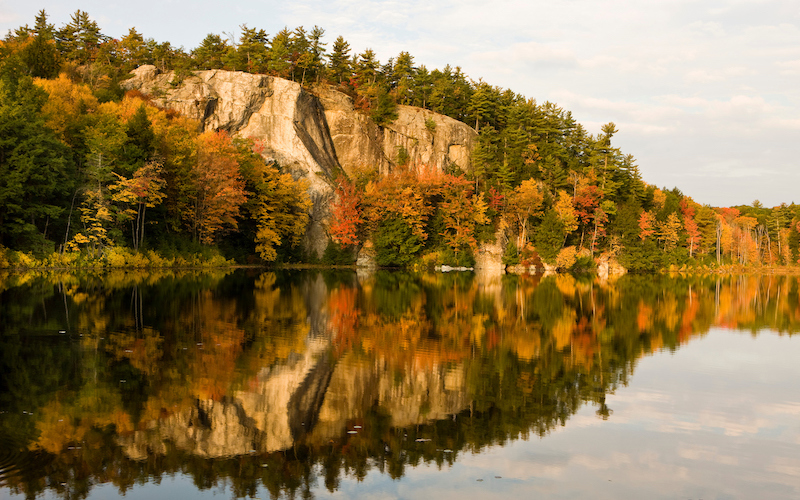
Climate change is altering New England's iconic autumn season, from longer allergies to our beloved fall foliage. Photo: EcoPhotography.
I’m astounded by the number of times I’ve left my apartment this fall, only to do a double-take because something was off. Unseasonably warm temperatures nearing 80 degrees in late October and early November? Check. My allergies still in full force when they’ve normally calmed down by now? Check.
Despite being someone who loves warm weather, spring-like bird song and swarms of bugs on the cusp of winter feels eerie to me. And there’s a reason behind nature (and me) being so confused: Climate change.
Climate Change Affects Fall By Making It Warmer
Burning fossil fuels like gas and oil creates carbon pollution that wraps around our planet like a stuffy blanket, overheating it. A consequence of all that heat is a shift in the kind of weather each season brings. Think blistering heat waves in the summer, mild winters generally devoid of New England’s classic snow, and now, warmer falls.
Climate Central explores how a warmer season hurts the environment and our health. It’s not just that temperatures are generally warmer in the fall. It’s also that the first fall freeze happens later every year, and the first spring thaw arrives earlier. For example, the first fall freeze is happening 27 days later than it did in 1970 in Manchester, New Hampshire.
Freezing and thawing have more implications than when to pull out your summer shorts or turn your thermostat on and off. Here’s what it means for all of us:
Longer Allergy Seasons
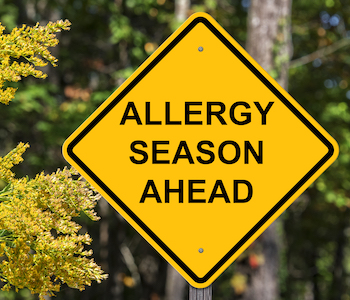
Delayed fall freezes and longer growing seasons mean allergens, like ragweed pollen, peak longer. Allergies can trigger and worsen the symptoms of respiratory diseases like asthma. So, if you’re like me and have both allergies and asthma, you’re probably finding it harder to breathe and reaching for your inhaler much more frequently.
Disrupted Fall Foliage Colors
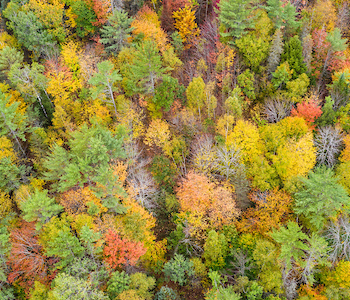
Temperature, stress, and growing season all impact when trees change color and the vibrancy of their color. The beautiful waves of changing foliage are a hallmark of New England – so much so that many small businesses rely on income from leaf-peeping tourism. Not only is something so iconic to our region at risk, but also the local economies that depend on it.
Pests Are More Prevalent
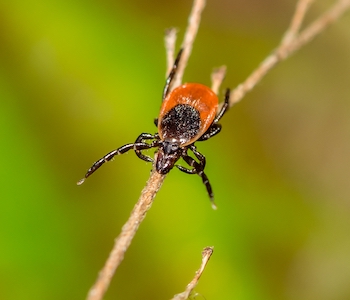
Ticks and mosquitos, carriers of deadly diseases, emerge earlier and survive much longer into the year. For that reason, health experts predict a significant uptick in Lyme disease cases in coming years. Wildlife also suffer from this boom – like moose, which are being bled to the point of emaciation because of abnormally large tick populations.
Farms Suffer
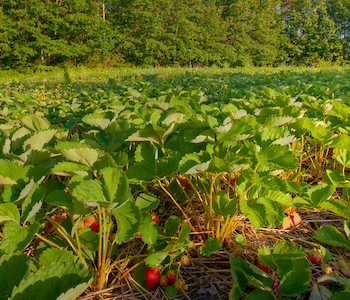
Warmer temperatures mean certain plant species suffer while pests thrive. This throws our farms off balance – threatening the local businesses that source our produce. Farmers must also contend with other climate impacts, like increasingly severe rainstorms that cause flooding, periods of drought, and heat waves that put the fruits and vegetables they grow at risk. Even New England’s iconic fall apple harvest is in danger. These are New England businesses fighting against climate change to survive – our friends, our neighbors, even our own families.
Cutting Carbon Pollution for People and the Environment
If you’re concerned about how climate change is affecting fall in New England, whether that’s because of how long your allergies are or you’re worried about your local farm’s survival, the good news is we know how to slow the pace at which our planet is overheating. By upgrading to clean energy, we can slash toxic pollution that imperils our environment and hurts our health. Every part of what we love the most about New England is changing – and that’s our call to come together and push for a cleaner, safer way to generate energy while protecting what we cherish.



